Over the past nine months since its inception, London Bubble’s intergenerational project Charting The Mayflower has been looking at the ‘why’ behind the journey and stories of leaving. Why did passengers choose to leave England? And why do people continue to leave their country today? What are our stories of leaving and journeying?
We’re now deep into the second phase of the project, where we’re exploring the journey itself – the ‘what’ and ‘how.’ How was the voyage financed? What was it like at sea? How did people endure the journey?
As a newcomer to the project and to London, I’ve been keen to learn more about the Mayflower voyage from this side of the Atlantic. I grew up in the western United States, learning about the Pilgrims and their arrival at Plymouth Rock only really in relation to our American holiday of Thanksgiving and the events that lead to the development of the United States as a sovereign nation. Over the last few sessions I’ve joined, it’s been exciting to dive into the English political landscape of the early 1600s, the reality of what was happening here in Rotherhithe, and what it might have been like to make that voyage. And as an anthropologist and community worker — not someone with a theatre background! — the drama activities and group sharing have been exciting and occasionally daunting chances for me to push myself out of my creative comfort zone.
For the 15th of November Thursday workshop, we began by breaking off into groups and assigning each one a Mayflower passenger to learn about and discuss. We began thinking in those groups about how we might commemorate that passenger’s life through a visual representation. Would it be a statue, a living art piece, a tourist attraction perhaps? What was this person’s story – and what symbols would represent the hardships and triumphs of their transatlantic journey?
The teams then presented their ideas to the wider group, pitching them as if asking for funding to produce this commemorative piece. Each group answered questions about their passenger tribute and defended their creative choices.
We came back together as a large group for the second half of the session, where we got to do a bit of acting. Our script was a piece of text which focused on merchant adventurer Thomas Weston, one of the main financiers of the voyage, and the events ensuing after February 1619 – the signing of the charter which gave the merchants and separatists permission to leave England for the New World. We explored Thomas Weston’s shrewd negotiating skills, and the desires and frustrations of the Separatist passengers over the contract and its intricacies around settlement and profit. We learned about how major investors threatened to back out and angry Separatists abandoned the voyage – and that in order for the plan to move forward, ‘strangers’ (people who were not Separatists) would have to join the ranks.
